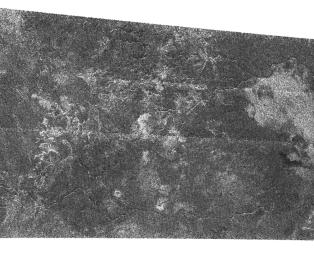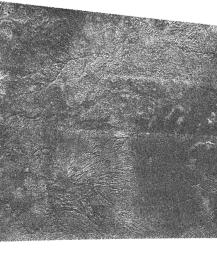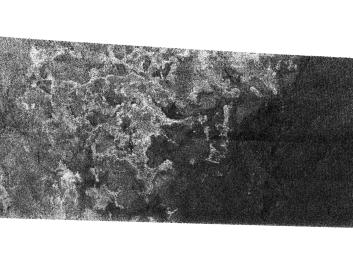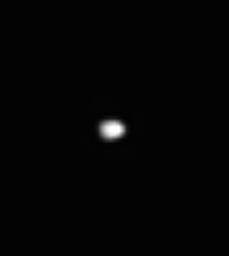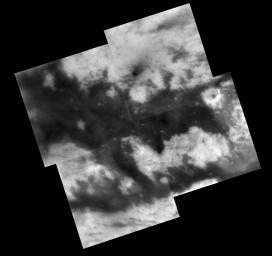Okay this really is the last post. I just want to nip in the bud, right here, right now, shutting down this site was my idea. No one, and I mean no one, asked me to shut it down. I received some comments regarding some top level manager's opinion on my recent posts on the T7 issues (which I should point were temporary and have been fixed). It was a mistake for me to even discuss them here, even in the vague manner I tried to convey, and their disapproval was brought to my attention. This issue scared me. It was fun when this site was just a small group of people who wanted to hear the latest from Cassini. But if I need to be concerned about what I write, then it becomes less fun. I love what I do, I can't imagine myself doing any better at this point in my life, and I will not jeopardize it for a blog. I'm sorry, but I won't. And rather than look over my shoulder and wonder if what I just sent is kosher with everyone who are higher up than me, I'd rather just end this page. I apologize to all those who have come to rely on this page. I really do. Don't stop caring about the Cassini mission just because I'm not here to blog about it.
Now, that's not to say I am completely going away. Last night, I decided rather than give up here and do nothing with volcanopele.blogspot.com, I will just change the format. I have had this novel, essentially in my head for 5 years now, waiting for me to actually commit it to paper. I've decided to write it here on this blog. I'm not sure how this will work but I think it will be an interesting experiment. Based on similar projects on Blogger, I will post a segment of the novel every few days, once a week or so, on a post. It could be a chapter, it could be more, it could be less. I personally like that concept. So I am going to give it a try. So on September 24, this blog will be replaced by "Afterword". I hope some of you come back for that.
